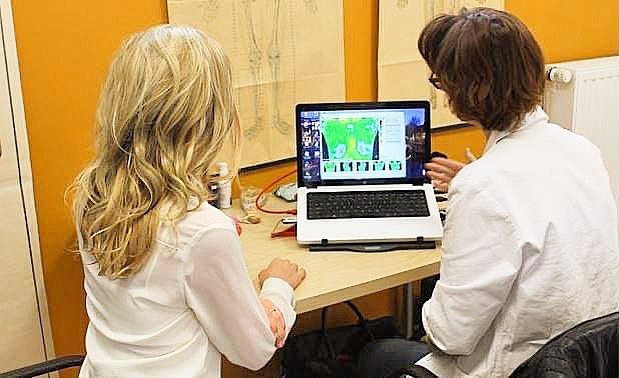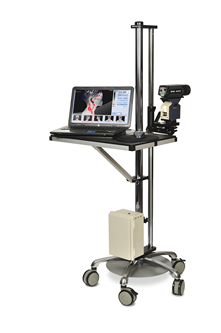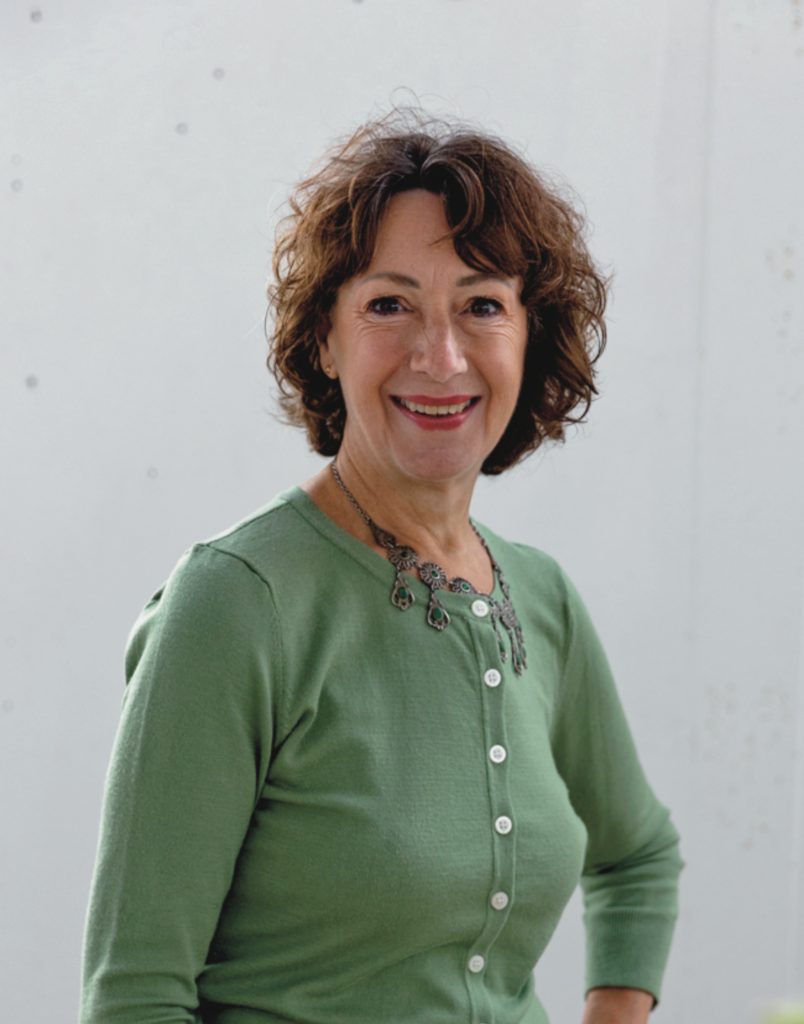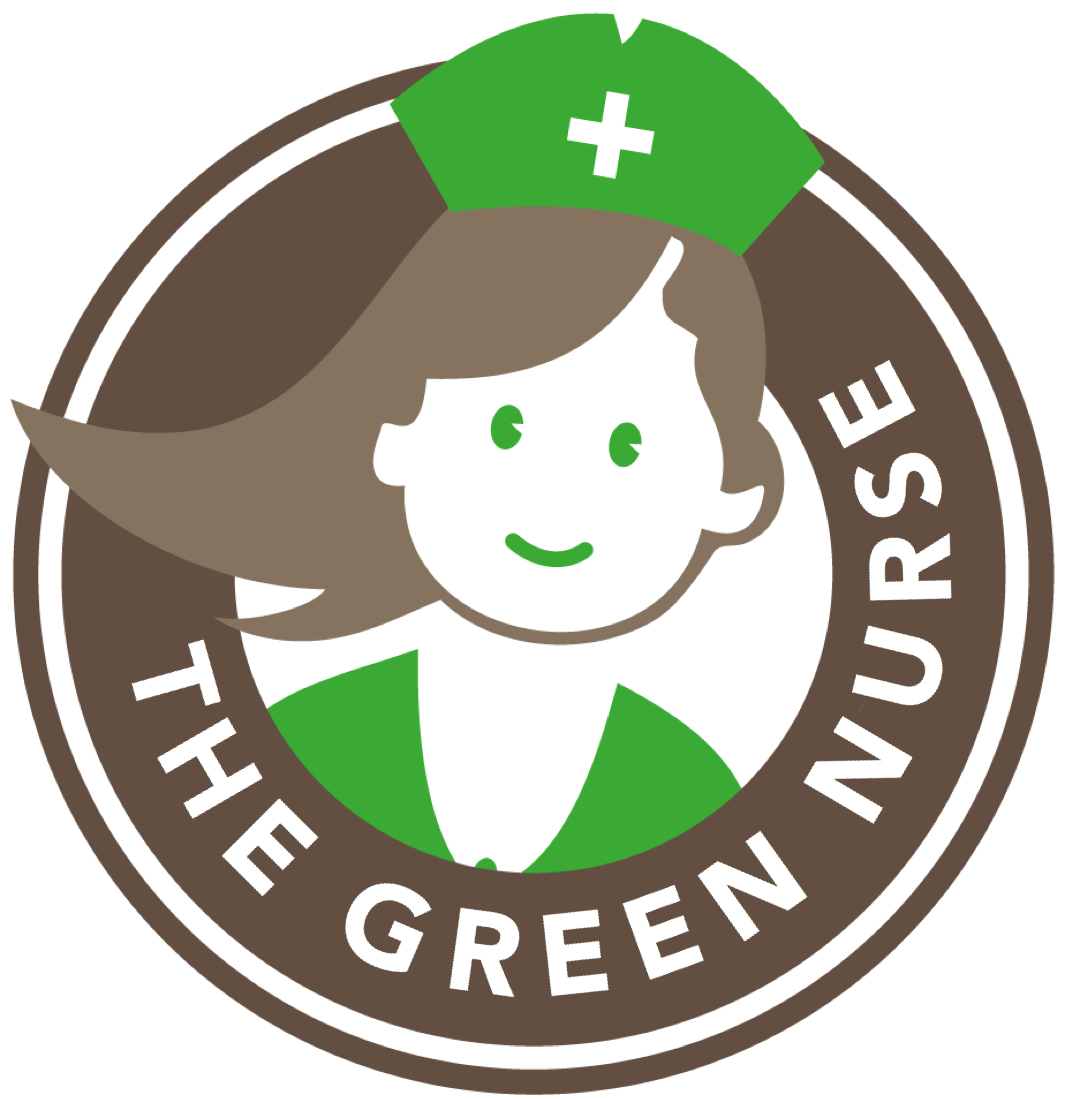![]() +31(0)85-0645001
+31(0)85-0645001
Training Medical Thermography

Enhance Your Practice with Medical Thermography:
Advanced Training for Healthcare Professionals.
For medical professionals seeking innovative tools, our certified training in medical thermography provides a unique window into the body’s physiological processes. Discover how thermal imaging can offer valuable, non-invasive insights that complement traditional diagnostic methods.
Understanding Medical Thermography: A Physiological Perspective.
Medical thermography utilizes infrared technology to visualize and measure heat patterns on the body’s surface. These thermal patterns can reflect underlying physiological processes, offering valuable insights into inflammation, circulation, nerve function, and other bodily functions. Thermography provides a dynamic and non-invasive way to assess these physiological changes, complementing anatomical imaging and other diagnostic tools. It allows for a functional perspective that can enhance your understanding of a patient’s condition and support more informed clinical decision-making.
Key Advantages for Your Practice
- Gain Deeper Physiological Insights:
Visualize and understand underlying physiological processes that may not be apparent through anatomical imaging alone. - Enhance Your Diagnostic Toolkit:
Complement your existing diagnostic methods with a non-invasive technique that provides functional information. - Offer Added Value to Your Patients:
Provide a comprehensive assessment by including a physiological perspective, potentially leading to a more holistic understanding of their condition. - Differentiate Your Practice:
Stand out by offering a specialized and innovative service like medical thermography. - Monitor Treatment Effectiveness:
Objectively track the impact of therapies by observing changes in thermal patterns over time. - Expand Your Patient Base:
Attract new patients seeking advanced and comprehensive assessment options. - Support Early Detection:
Identify subtle physiological changes that may indicate developing issues, allowing for earlier intervention.
Skills and Qualities of a Thermographer
To excel as a medical thermographer and effectively utilize this technology, certain skills and qualities are essential, especially for professionals with a foundation in Western medicine:
- Medical or Paramedical Background:
A solid understanding of basic medical principles, anatomy, and physiology is crucial for interpreting the information gathered through thermography. Your existing medical knowledge will provide a strong base for understanding the physiological patterns observed. - Understanding of Anatomy and Physiology:
While thermography focuses on function, a good grasp of anatomical structures and their typical physiological processes is necessary to correlate thermal patterns with potential underlying conditions. - Ability to Conduct a Thorough Anamnesis (Patient History):
Gathering a detailed patient history is vital in thermography. Your medical training will have equipped you with the skills to ask relevant questions and understand the context of the thermal findings.
- Precision in Following Protocols:
Thermography relies on standardized protocols for image acquisition to ensure consistency and comparability. Attention to detail and adherence to these guidelines are essential for accurate studies. - Effective Communication Skills with Clients:
You will need to explain the thermography process to clients in a clear and reassuring manner, manage their expectations regarding the report (emphasizing it’s not a diagnosis), and discuss any follow-up steps. - Maintaining Confidentiality and Professionalism:
As with any healthcare-related practice, maintaining patient confidentiality and adhering to professional ethical standards are paramount.
Equipment Requirements
To perform medical thermography, you will need specific equipment:
- High-Quality Infrared Camera:
We recommend the Flir A615 or similar models that are FDA and CE approved for medical use, ensuring accuracy and reliability. - Specialized Thermography Software:
Software designed for medical thermography is essential for image acquisition, analysis, storage, and for creating studies that can be shared with interpreting physicians. - Stable Camera Stand:
A professional tripod like a Manfrotto stand is necessary for consistent image capture.

Thermography Room Requirements
The environment in which thermographic images are taken plays a crucial role in the accuracy of the results:
- Controlled Temperature:
The room temperature should be consistently maintained between 21°C and 23°C to avoid influencing the body’s thermal patterns. - Privacy:
A private room with a lockable door is required to ensure patient comfort and confidentiality. - Specific Room Characteristics:
The background wall should be smooth and uniform, without any objects that could affect the thermal readings (artifacts). Avoid spotlights, halogen lighting, and drafts. Comfortable flooring or a mat should be provided for the client.
Comprehensive Medical Thermography Training
At The Green Nurse (De Groene Zuster), we offer a comprehensive training program in medical thermography, adhering to the guidelines of the Institute for the American Academy of Thermology. Our program is designed to equip medical professionals like yourself with the knowledge and practical skills necessary to confidently perform thermographic studies. We offer two flexible learning options:
Online Training (5 Days)
Our online training provides a convenient and cost-effective way to become a certified medical thermographer from the comfort of your own practice.
- Structure: The 5-day course begins with a theoretical foundation on day 1, followed by practical training on models from days 2 to 5, culminating in an examination.
- Benefits:
- Learn thermography within your own clinical environment.
- Opportunity to invite your own patients for thermograms during the practical sessions, allowing them to experience the technology firsthand.
- Lower training fees compared to on-site training.
- Elimination of travel and accommodation costs.
- Prerequisites:
- Medical practitioner or basic understanding with a certificate of medical training (paramedics or therapists).
- Access to the required equipment: Flir A615, A500/A700 camera or similar models that are FDA and CE approved for medical use, software, Manfrotto stand, blanket, stool, mattress, hair bands, and elastic bands.
- A room with a stable temperature between 21°C and 23°C and adequate privacy.
- Reliable internet connection for Zoom sessions.
- Cost: €1750,- excluding VAT.
On-Site Training (5 Days)
Our on-site training offers a more immersive learning experience with direct interaction and guidance from the trainer in Terheijden, near Breda, Netherlands.
- Structure: Similar to the online training, the 5-day course includes a theoretical day followed by hands-on practice on models and an examination.
- Benefits:
- Personalized guidance and direct feedback from the trainer throughout the practical sessions.
- Opportunity to work with clients provided by us for the thermogram sessions.
- Option to train multiple individuals from your practice simultaneously.
- Enhanced networking opportunities and more in-depth Q&A during and after training hours.
- Prerequisites:
- Hotel reservation in the Terheijden/Breda area.
- Medical practitioner or basic understanding with a certificate of medical training (paramedics or therapists).
- Cost: €2250,- excluding VAT.
Specialized Software
Both our online and on-site training programs incorporate the use of professional thermography software. This essential tool is designed to facilitate accurate image acquisition, comprehensive analysis, efficient data management, and the secure uploading of studies for interpretation by medical professionals. The software is specifically developed to enable precise temperature measurements and the effective comparison of follow-up scans, which is vital for monitoring patient progress. Its user-friendly interface ensures a smooth workflow in your practice.
Meet Your Expert Trainer: Francine van Broekhoven

Your medical thermography training at The Green Nurse is led by Francine van Broekhoven, a leading expert in the field of breast health and medical thermography. Francine has extensive experience, having performed thousands of breast screenings using medical thermography, empowering women to gain a deeper understanding of their breast and overall body health.
Building on her practical experience, Francine furthered her expertise by completing the advanced training to interpret thermography studies after conducting over 5,000 examinations. This unique combination of practical application and interpretative skills ensures a comprehensive understanding of the technology. While you have the option to request a physician’s report, you will typically receive your detailed analysis directly from Francine.
Francine is also a respected speaker and the author of the comprehensive “Handboek Borstgezondheid en Medische Thermografie” and its English counterpart, “Breast Health Handbook and Medical Thermography.” Furthermore, she is the founder of De Groene Zuster (The Green Nurse), demonstrating her commitment to advancing knowledge and accessibility in this field.
As a dedicated member of The American Academy of Thermology (AAT), Francine remains at the forefront of developments and best practices in medical thermography. Her passion for the subject and her extensive experience make her an invaluable resource for medical professionals seeking to integrate this powerful tool into their practice. Under Francine’s guidance, you will receive expert training grounded in both practical application and in-depth understanding.
Continuing Your Journey as a Certified Medical Thermographer
Upon successful completion of either our online or on-site training program and the final examination, you will receive a certificate recognizing you as a certified medical thermographer. This certification demonstrates your competence in performing thermographic studies according to established protocols.
Guidance and Support After Your Training
We are committed to your ongoing success. After your training, we offer continued guidance to help you refine your skills and integrate thermography effectively into your practice.
- Remote Support via TeamViewer: We provide the option to review your initial thermographic studies remotely via TeamViewer. This allows us to offer personalized feedback and support as you begin working with your own clients.
- Fresh-up or Update Training via Zoom: To ensure your skills remain sharp and up-to-date, we offer personalized refresh or update training sessions via Zoom. These sessions are tailored to your specific questions and experiences. The first hour is priced at €150,- (excluding VAT), with each additional hour at €100,- (excluding VAT).
- Membership of the American Academy of Thermology (AAT): We strongly encourage you to become a member of the AAT. This professional organization provides valuable resources, online discussions, and conferences to help you stay informed about the latest advancements in medical thermography and connect with other professionals in the field.
Connecting with Interpretation Services
Our training prepares you to acquire high-quality thermographic images and collect relevant patient history. You will learn how to securely upload these studies to qualified physicians or therapists for expert interpretation and report generation. We can provide information on reputable interpretation services to facilitate this crucial step in the thermography process.
Understanding the Role of the Interpreter
While our training equips you with the skills to perform high-quality thermographic studies and gather essential patient information, the interpretation of the thermal images and the generation of a medical report are typically performed by a specialized interpreter – a qualified physician or therapist with specific expertise in thermography analysis.
Their Expertise
The interpreter utilizes specialized software to meticulously measure temperature variations and identify thermal patterns that may indicate underlying physiological conditions. This process requires extensive training and a deep understanding of human physiology, as well as the latest knowledge in thermography. The interpreter’s report provides a detailed analysis of the thermal findings in the context of the patient’s history and presented symptoms.
The Collaboration
Your role as a certified medical thermographer is crucial in providing the interpreter with clear, standardized images and a comprehensive anamnesis (patient history). The more accurate and detailed the information you provide, the better equipped the interpreter will be to generate a relevant and informative report. Our training emphasizes the importance of this collaboration and teaches you how to effectively document and upload studies for interpretation.
Report Delivery
The interpreter will then provide you with a detailed report, which you can discuss with your client. It’s important to remember that while you can explain the physiological findings in the report, the interpretation and any diagnostic conclusions are the responsibility of the qualified interpreter.
Why Choose The Green Nurse for Your Medical Thermography Training?
When you choose The Green Nurse for your medical thermography training, you are investing in a program that offers several key advantages:
- Expertise of Francine van Broekhoven: Learn from a leading expert with extensive practical experience in medical thermography and a deep understanding of breast health. Benefit from her personal guidance and insights gained from thousands of studies.
- Comprehensive and Practical Training: Our curriculum combines essential theoretical knowledge with extensive hands-on practice, ensuring you develop the skills and confidence to perform high-quality thermographic studies.
- Adherence to International Standards: Our training is aligned with the guidelines of the Institute for the American Academy of Thermology (AAT), ensuring you receive education that meets globally recognized standards.
- Focus on Practical Application: We provide opportunities to work with models (and even your own clients in the online training), allowing you to gain real-world experience during the course.
- Ongoing Support: We are committed to your success beyond the training, offering remote support, refresh sessions, and guidance on connecting with interpretation services.
- High-Quality Learning Experience: Whether you choose our convenient online format or our immersive on-site training, you can expect a structured, engaging, and supportive learning environment.
Ready to Enhance Your Practice with Medical Thermography?
Take the next step in expanding your diagnostic and assessment capabilities.
Enroll in our upcoming Medical Thermography Training (Online or On-Site):
